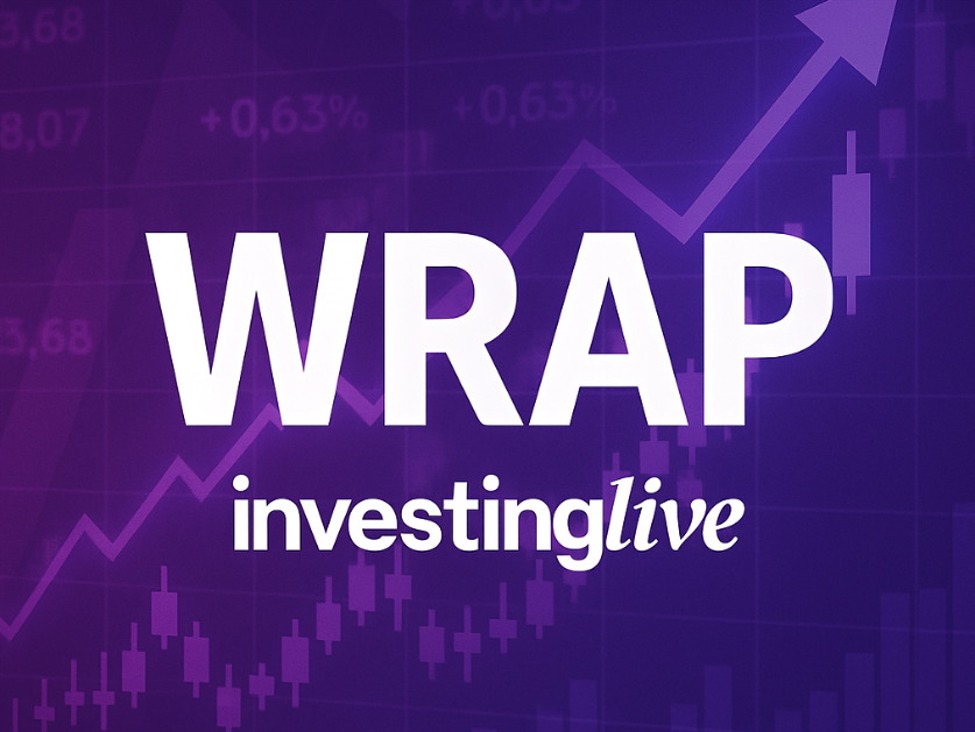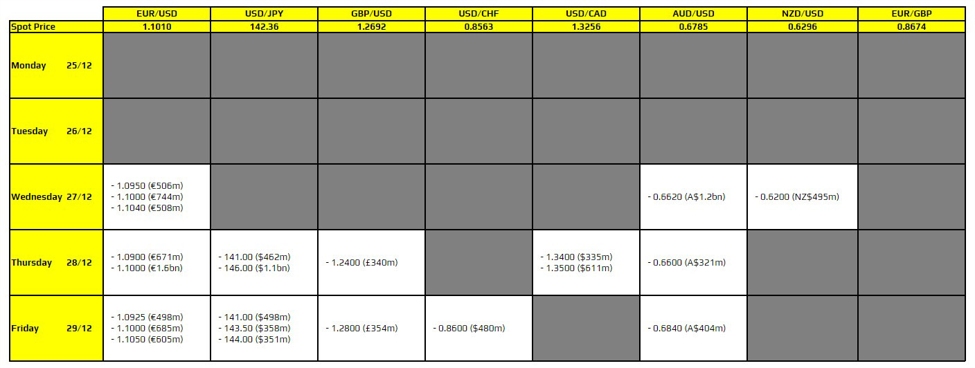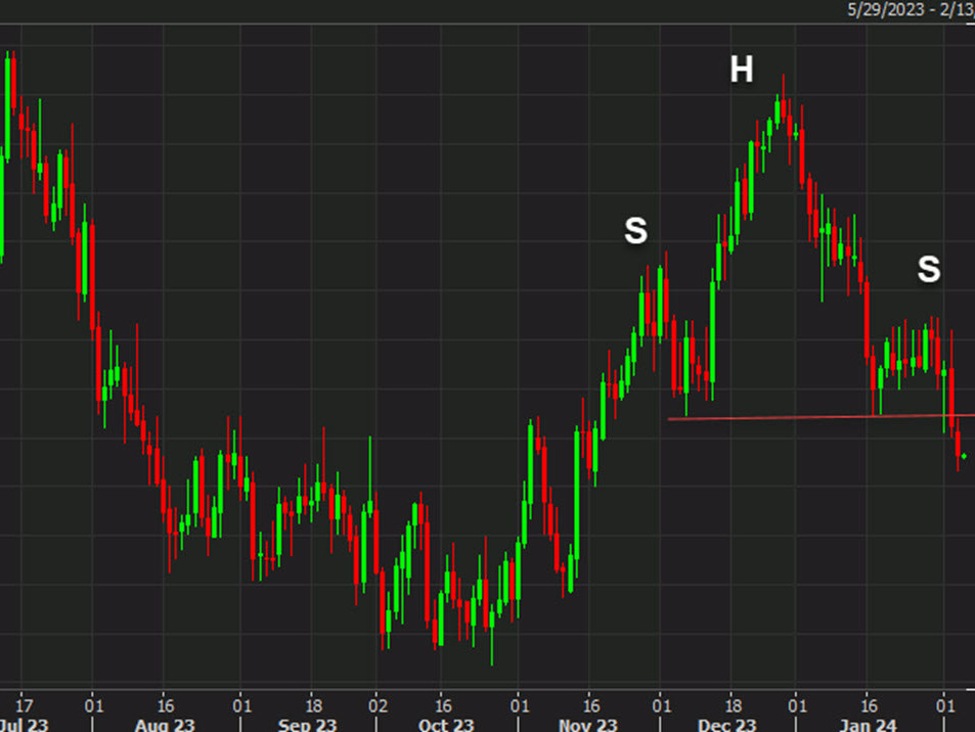Day 3 of the government shutdown with no agreement in sight. Senators left for the weekend and will not return until Monday.
The US dollar was mostly lower. Versus the major currencies, the US dollar:
- EUR, -0.21%
- JPY +0.16%
- GBP -0.32%
- CHF -0.26%
- CAD -0.04%
- AUD -0.05%
- NZD -0.24%
Today was the scheduled day for US employment data. That was postponed until next Friday at the earliest. S&P nonmanufacturing PMI data and ISM nonmanufacturing data was released as they are privately calculated.
- The final reading for U.S. September S&P global services PMI came in at 54.2, up from the preliminary 53.9 and slightly below August’s 54.5. While activity in services remains robust, the report showed signs of softening demand, with companies growing more hesitant to add staff. Backlogs rose for the seventh consecutive month, indicating capacity pressures. Cost pressures also persisted, with tariffs continuing to push up input prices. Analysts interpreted the data as consistent with solid Q3 GDP growth—around 2.5 % annualized—driven by strength in finance, tech, and consumer services. However, they warned that firms’ reluctance to hire more aggressively may point to underlying labor market frictions.
- The ISM U.S. Services PMI for September was not as positive as it came in at 50.0, well below expectations of 51.7 and down from the prior 52.0. Business activity dipped to 49.9, signaling contraction, while new orders slumped to 50.4 from 56.0. Employment dropped to 47.2, marking a fourth straight month in contraction. On the cost side, prices paid pushed higher at 69.4, and several sectors flagged tariff-related input pressures—especially in food, electronics, and construction materials. Overall, the data points to softening demand and weaker labor conditions in the services sector, even as inflation pressures persist.
There were a number of Fed officials speaking today including Fed’s Goolsbee, Feds Miran, Feds Jefferson, and Fed’s Logan. Jefferson and Miran were more dovish. Logan and Goolsbee were more cautious:
- Fed’s Chicago President Austan Goolsbee cautioned that the central bank is in a “sticky spot,” with both sides of its mandate deteriorating at the same time—services inflation remains elevated while the labor market shows signs of weakening. He warned against front-loading too many rate cuts, saying it is risky to assume inflation will simply fade. Goolsbee also stressed that the longer the Fed goes without access to key inflation and labor data due to the shutdown, the more “blind” its decision-making becomes. Overall, he urged caution, emphasizing that Fed actions must reflect the shifting balance between inflation pressures and job market softness
- Fed’s Stephen Miran struck a confident tone on inflation, saying he expects significant disinflation in services inflation going forward. He argued that the neutral rate has fallen to the low end of estimates, stressing that forward-looking measures are more reliable than backward-looking data. Housing costs remain a central factor in his outlook, with immigration shifts expected to ease pressures over time. Miran noted that policy has already become much more restrictive this year, giving the Fed ample room to cut rates if needed, with the zero lower bound still far off. He emphasized that the economy is strong, supported by supply-side policies, and that monetary policy should adapt to the substantial changes since last year. While acknowledging relative price changes are always present, he separated the Fed’s work from Trump’s inflation goals and added a sharp critique of Larry Summers, saying he has been wrong on most forecasts this year.
- Fed Vice Chair Jefferson said he expects disinflation to resume next year, noting that the Fed’s recent rate cut has moved policy closer to neutral while still keeping a balanced stance. He highlighted that a decline in net immigration has been a key factor preventing unemployment from rising more sharply. At the same time, he pointed to trends across multiple data series that suggest the job market is gradually softening, reinforcing the case for a cautious but steady approach to policy.
- Cleveland Fed President Logan cautioned that there are risks tariff effects could prove more prolonged than expected, warning this could keep goods prices elevated even after the immediate impact fades. She said monetary policy is currently only modestly restrictive and stressed the need to remain alert to labor market risks, while also highlighting persistent pressures in non-housing services inflation, which has remained elevated and sticky. Logan has recently argued that inflation is trending higher even as the job market gradually cools, and she continues to position herself on the more hawkish side of the Fed, favoring keeping rates steady or hiking further — a stance that tends to support the US dollar.
Bitcoin surged toward record levels, rising to a high of $123,966, just shy of the all-time high of $124,517 set in August. The rally has been fueled by a combination of lower yields, stronger equities, and even safe-haven flows tied to the government shutdown, which is driving some investors away from traditional currencies. Since bottoming last Friday at $108,676, Bitcoin has gained more than 13%. A break above the prior record would open the door toward at least $127,000 as the next technical target. Analysts remain highly bullish: Citibank projects a base case of $181,000 within a year, with a bullish scenario of $231,000, while Standard Chartered sees a surge toward $200,000 by year-end, with $135,000 as the next near-term threshold.
Crude oil futures settled $0.40 higher at $60.88 (+0.66%), rebounding slightly ahead of an expected OPEC+ production increase. The size of the hike remains under debate, with estimates ranging from ~140,000 bpd to over 400,000 bpd, as Saudi Arabia pushes for larger gains while Russia urges caution. Despite today’s modest rise, crude posted a sharp weekly loss of 6.61% (-$4.31), its steepest decline since June 23. From a technical perspective, prices closed below a key swing area between $61.45 and $61.94, leaving sellers in control unless the market can reclaim that zone to shift momentum back toward the upside. For the week, prices of crude oil fell by -6.74%, its largest decline since June 23 trading week.
Over the weekend, either there will be peace in Israel or all hell will break loose. Let there be peace on earth.
U.S. stocks ended the day mixed, with both the Dow Jones Industrial Average and S&P 500 closing at record highs, while the NASDAQ slipped after setting its own record yesterday. The Dow gained 238.56 points (+0.51%) to 46,758.28, the S&P edged up 0.44 points (+0.01%) to 6,715.79, the NASDAQ fell 63.54 points (-0.28%) to 22,780.51, and the Russell 2000 rose 17.69 points (+0.72%) to 2,476.17.
For the week, all major indices advanced: Dow +1.10%, S&P +1.09%, NASDAQ +1.32%, and Russell 2000 +1.72%. Sector-wise, healthcare led with its best week since June 2022 (+6.82%), while technology (+2.25%) and utilities (+2.39%) also posted solid gains. On the downside, energy (-3.34%), communication services (-2.10%), and consumer discretionary (-0.81%) lagged.
In the US debt market, yields closed day higher:
- 2 year yield 3.575%, +2.7 basis points
- 5 year yield 3.714%, +4.0 basis points
- 10 year yield 4.119%, +2.9 basis points
- 30 year yield 4.711%, +1.4 basis points
For the trading week:
- 2-year yield fell -6.7 basis points
- 5-year yield fell -4.8 basis points
- 10-year yield fell -5.3 basis points
- 30-year yield fell -3.5 basis points















